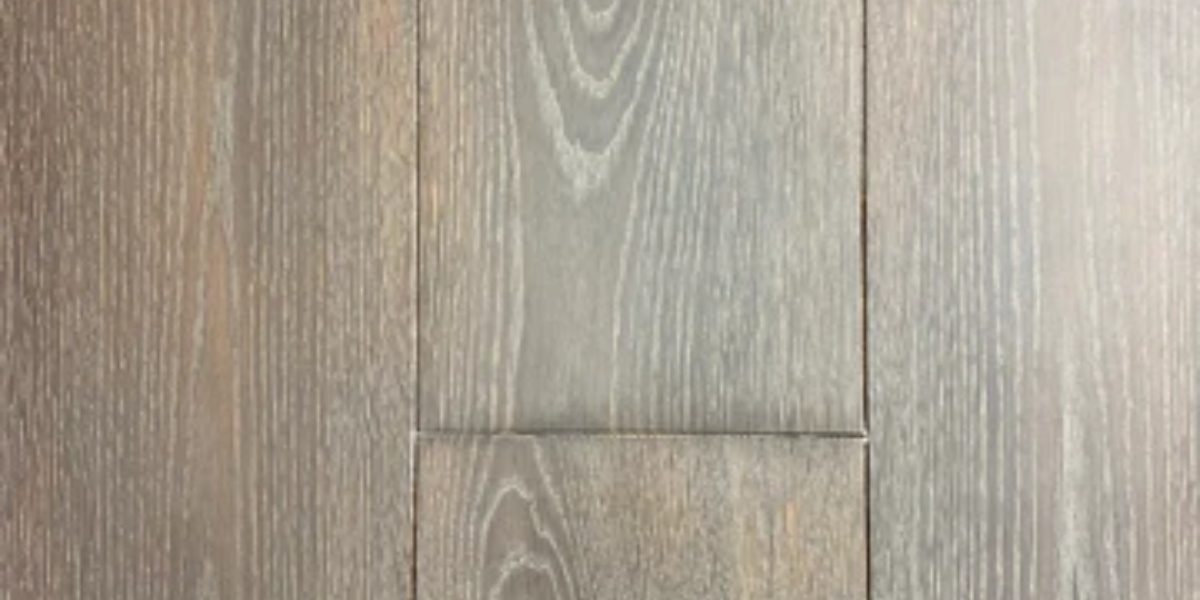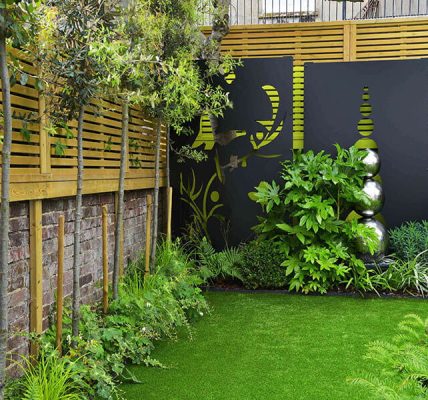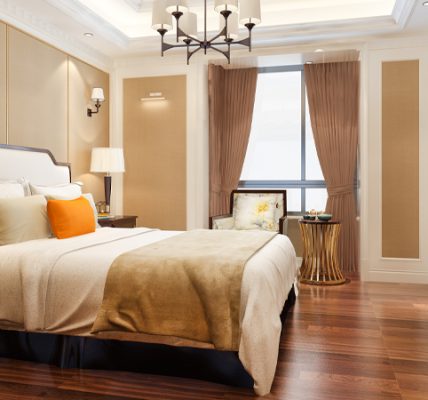Engineered wood flooring has become a popular choice for homeowners seeking a luxurious and durable flooring option that combines the aesthetic appeal of real wood with enhanced stability and versatility. This type of flooring is constructed with a top layer of real hardwood veneer, which provides an authentic and high-end appearance. The top layer can be made from various wood species, allowing homeowners to choose the one that matches their desired aesthetic.
Stability and Durability
Engineered wood flooring is designed to be more stable than solid hardwood flooring. It consists of multiple layers of wood pressed together in a cross-grain configuration, which helps to counteract the natural tendency of wood to expand and contract with changes in temperature and humidity. This stability makes engineered wood flooring less susceptible to warping and cupping, making it suitable for areas with fluctuating moisture levels like kitchens, basements, and bathrooms.
The construction of engineered wood flooring also enhances its durability. The multiple layers of wood, combined with a protective finish, provide resistance to scratches, dents, and wear, making it more resilient compared to solid hardwood. This makes it an excellent choice for high-traffic areas in your home.
Wide Range of Styles and Installation Options
Engineered wood flooring comes in a vast array of styles, finishes, and colors, allowing homeowners to find the perfect match for their home décor. Whether you prefer a traditional, rustic, or modern look, there’s an engineered wood flooring option to suit your taste.
Parquet flooring offers flexible installation options. It can be glued down, nailed, or floated over various subfloors, including concrete, plywood, or existing flooring. This versatility makes it easier to install in different areas of your home.
Environmental Benefits and Easy Maintenance
Engineered wood flooring is an environmentally friendly choice as it utilizes less hardwood compared to solid wood flooring. The base layers of engineered wood are typically made from fast-growing wood species or recycled wood fibers, reducing the overall demand for slow-growing hardwood trees.
Engineered wood flooring is relatively easy to maintain. Regular sweeping or vacuuming, along with occasional damp mopping, is usually sufficient to keep it clean. The protective finish on the surface helps resist stains and spills, making it easier to maintain the beauty of your floors.
Compatibility with Radiant Heating
Engineered wood flooring is compatible with radiant heating systems, allowing homeowners to enjoy the warmth and comfort of heated floors. However, it’s important to follow the manufacturer’s guidelines and recommendations for installation over radiant heat to ensure optimal performance.
Disadvantages to Consider
While engineered wood flooring offers many benefits, there are some disadvantages to consider. The lifespan of engineered wood flooring may be shorter than solid wood flooring due to the thinner top layer, which can only be sanded a few times before it needs to be replaced. Engineered wood flooring may not be the best fit for areas prone to wet conditions, such as bathrooms, as it can be damaged by excessive moisture. Additionally, not all engineered wood flooring is suitable for underfloor heating systems, and the optimal board should be thin enough to permit heat transmission but robust enough to ensure a long, serviceable life.
Conclusion
In summary, wood flooring uk combines the luxurious look of real wood with enhanced durability, stability, and versatility. Its ability to withstand high-traffic areas, resistance to moisture, and ease of installation and maintenance make it an excellent choice for homeowners seeking a beautiful and long-lasting flooring option. While it’s important to consider the potential drawbacks, engineered wood flooring offers a unique combination of quality, reliability, and value for money that makes it a popular choice for many homeowners





